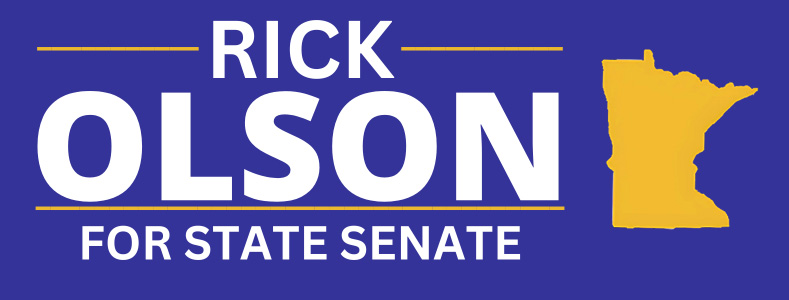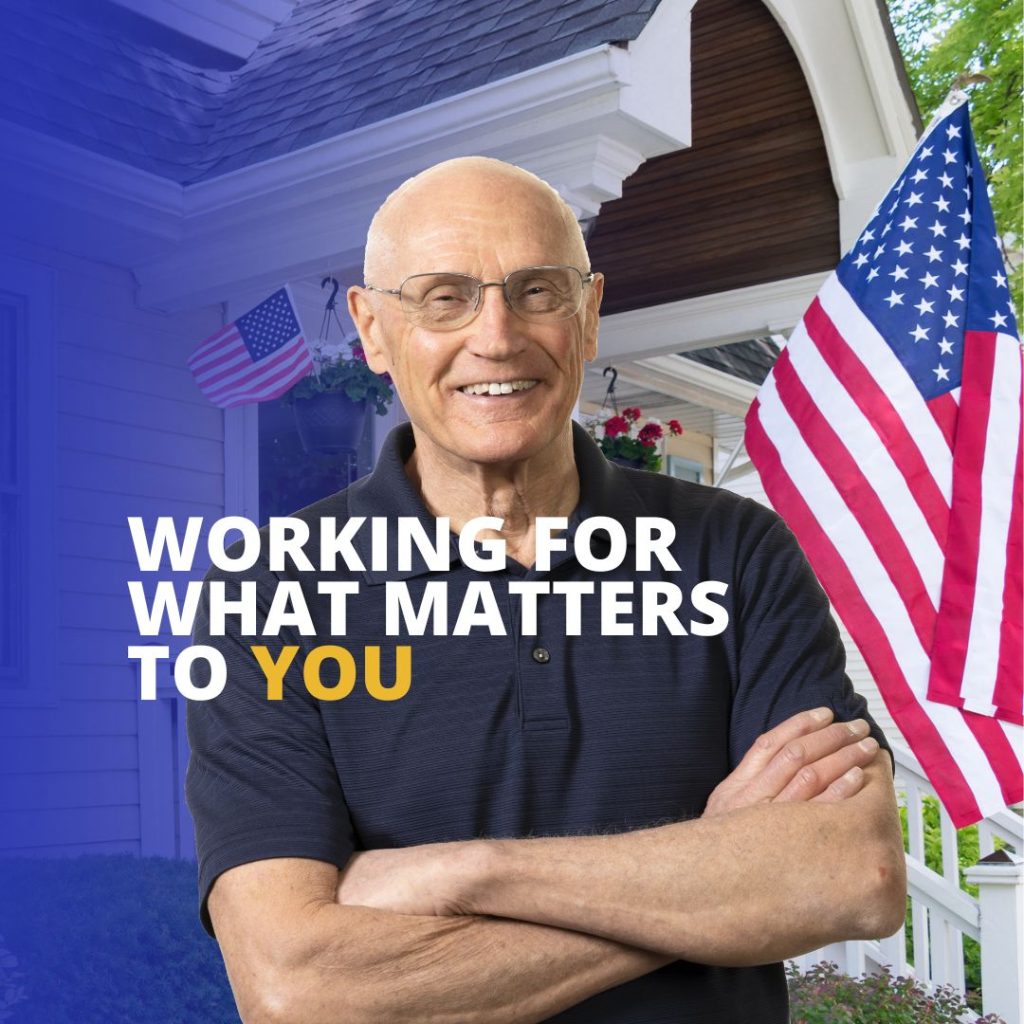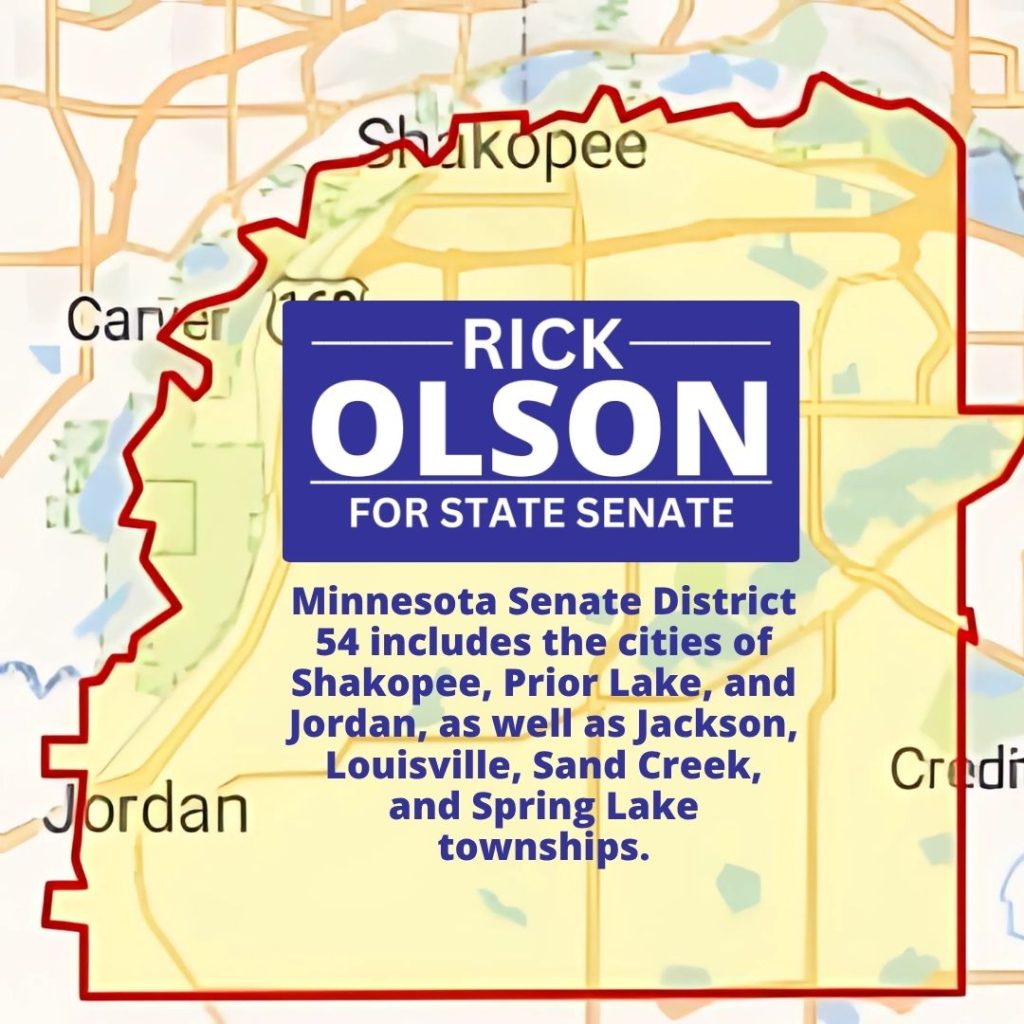I feel greatly blessed to have had the chance to pursue a good education, build a meaningful career, and live the American dream. But I know that for many working families today—right here in Shakopee, Jordan, and Prior Lake—that dream is slipping further out of reach.
The cost of higher education has skyrocketed, and too many young people are left with a mountain of student debt that weighs them down for decades.
The Problem We Face
We hear it all the time: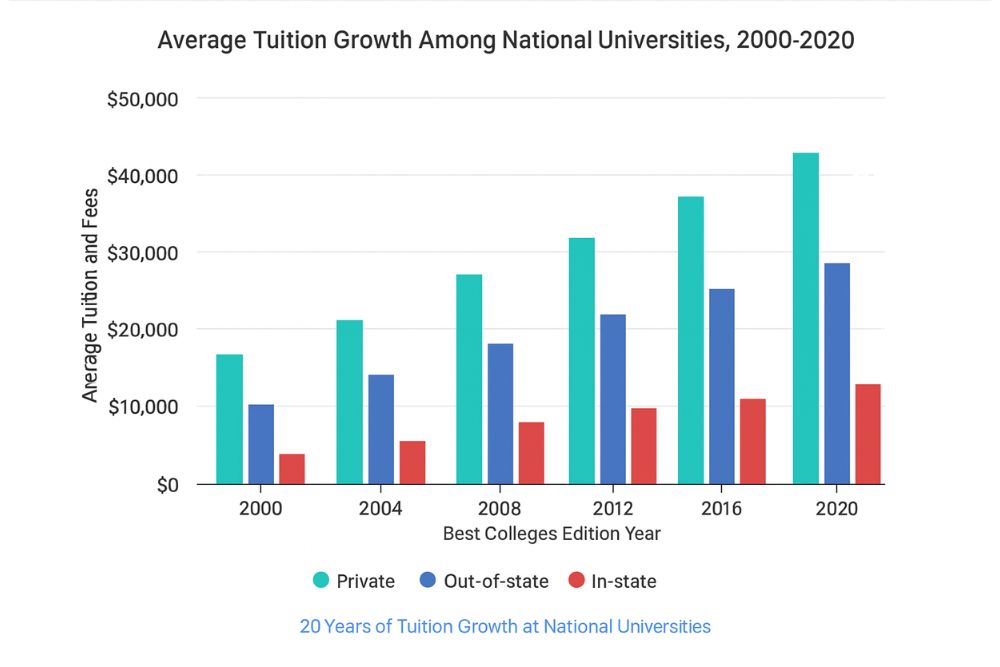
• College costs have risen dramatically, making higher education unaffordable for many.
• Students who borrow to make it through school are left with staggering debt.
When I attended Michigan State University from 1967–1970, I was able to earn my bachelor’s degree in just three years and a summer term. I worked my way through school, graduated debt-free, and even bought a new car. That simply isn’t possible for most students today.
Here’s the reality:
• The average annual cost of public colleges is $25,290 for in-state students and $40,940 for out-of-state students.
• Private colleges average more than $50,000 per year.
• Tuition increases have far outpaced inflation and wage growth.
• As a result, U.S. student loan borrowers now owe a collective $1.6 trillion in student debt.
In fact, 65% of the class of 2018 graduated with an average of $29,200 in student loans. Many families in our community know firsthand how heavy that burden feels.
What Should We Do About It?
First, let me be clear: I am not convinced that widespread debt forgiveness is the right answer, except in limited situations. College is still, for most, a worthwhile investment. Many who borrow for education do so because they expect a positive return in higher earnings. If we cancel their debt outright, someone else, taxpayers who never had the chance to attend college themselves—will be asked to pick up the tab. That doesn’t strike me as fair.
convinced that widespread debt forgiveness is the right answer, except in limited situations. College is still, for most, a worthwhile investment. Many who borrow for education do so because they expect a positive return in higher earnings. If we cancel their debt outright, someone else, taxpayers who never had the chance to attend college themselves—will be asked to pick up the tab. That doesn’t strike me as fair.
That said, I am open to targeted loan forgiveness in cases where people step into critical public service roles, like teaching in rural schools, serving in inner-city classrooms, or practicing medicine in underserved communities. I also think creative solutions—such as allowing student loans to be paid down through future Social Security benefits—deserve a closer look.
But my focus is on preventing the problem from growing worse. We must address the root cause: the runaway costs of higher education.
A New Approach: The American Virtual University
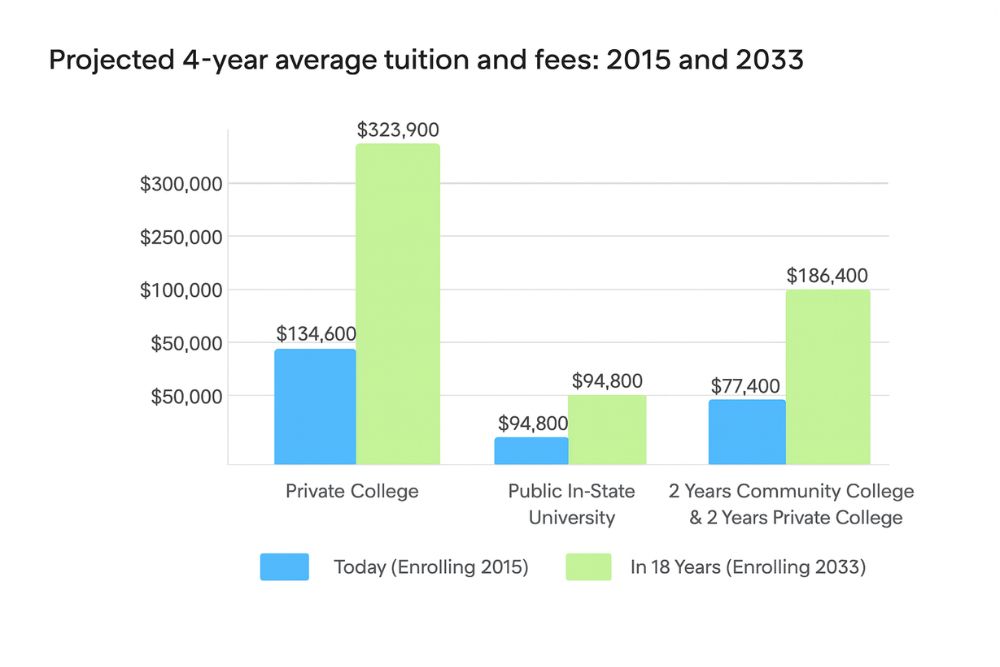 Technology has already transformed how we live and work. It can transform education, too. I’ve personally taken dozens of high-quality online courses through platforms like The Great Courses and Coursera. Many of these are world-class, taught by the best instructors, and often available for little to no cost.
Technology has already transformed how we live and work. It can transform education, too. I’ve personally taken dozens of high-quality online courses through platforms like The Great Courses and Coursera. Many of these are world-class, taught by the best instructors, and often available for little to no cost.
Here’s the vision I propose:
• Establish an American Virtual University that accredits and approves online courses from top providers (Coursera, edX, Udemy, The Great Courses, and more).
• Courses would be standardized, tested, and graded to ensure academic integrity—using tools like online quizzes and biometric verification.
• Students could earn transferable credits toward associate and bachelor’s degrees. For example, completing 90 credits could earn an associate’s degree, achievable in two years even while working full time.
For subjects that require labs, hands-on training, or intensive student-teacher interaction, traditional models would remain. But for large lecture courses, this online approach would be just as effective—at a fraction of the cost.
If done at a national scale, this model could be so cost-effective that tuition could be offered at little to no cost. That would free up resources for technical and trades training—areas where Minnesota and our entire country desperately need skilled workers.
Facing Pushback, Building Opportunity
Yes, this would disrupt the status quo in higher education. Some professors and administrators would resist. But innovation has always displaced old systems—just as the automobile replaced the buggy whip. We must be willing to embrace change if it means opening new doors for students and families.
Imagine a system where students can get a high-quality, accredited education without being saddled with decades of debt. Imagine families here in District 54 who no longer have to choose between saving for retirement or sending their kids to college.
That’s the kind of future I want to work toward in the Minnesota Senate.
My Commitment to Education
I know the value of education because I’ve lived it. And I believe every young person in Minnesota deserves the chance to pursue their dreams without being crushed by costs.
As your State Senator, I will fight for innovative solutions that make education affordable, that expand opportunity, and that keep the American Dream alive for the next generation.
Rick Olson is running for the Minnesota State Senate in Senate District 54 which includes Scott County, Shakopee, Prior Lake and Jordan.
References
• Save for College: https://www.savingforcollege.com/
• 2023 American Household Credit Card Debt Study: https://www.nerdwallet.com/article/credit-cards/average-credit-card-debt-household
• Student Loan Debt: How Much Do Borrowers Owe in 2025?: https://www.nerdwallet.com/article/loans/student-loans/student-loan-debt
• The Great Courses: https://www.thegreatcoursesplus.com/shop
• Coursera: https://www.coursera.org/
